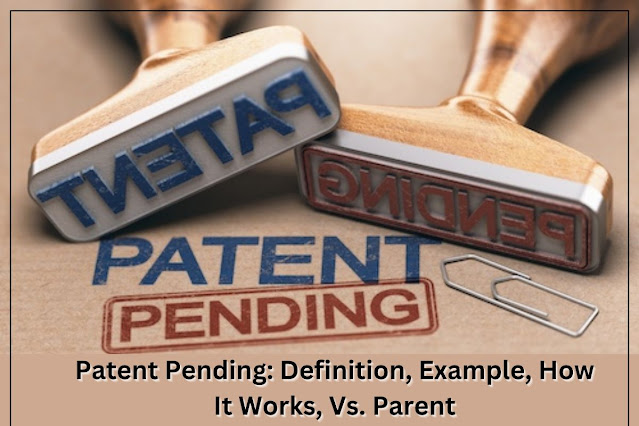When and How to Extend Your Patent Term
Inventions are held to be patentable if they provide new ways of doing things, or offer new technical solutions to problems. It is necessary to disclose technical information about the invention in a patent application to obtain a patent.
To extend the patent time, conventional law and constitutional provisions must allow for extensions, and they can only be extended for a maximum of five years. The application and approval process from regulatory authorities can often lead to significant delays for inventors, which is why there has been much discussion in recent years regarding extending the patents' duration. There are various patent companies that help to provide information regarding the same.
Patent Term Extension
The
Hatch-Waxman Act, also known as the Drug Price Competition and Patent
Restoration Act of 1984, provides for patent term extensions (PTEs). A patent
that claims a product or method that requires regulatory approval before being
sold may have its term extended under the Act. These products include
pharmaceuticals for humans and animals, food additives, color additives, and
medical devices. While the patent filing services await
regulatory approval of the product, a portion of the patent term is lost.
In
consultation with the regulatory agency responsible for approving the product,
the U.S. Patent and Trademark Office (PTO) determines whether PTE should be
granted.
By 35
U.S.C. § 156, the following requirements must be met
● The product must be filed within 60 days of approval (37 C.F.R. § 1.720(f)).
● A person applying must be the owner or agent of the record (37 C.F.R. § 1.730(a)).
● The following requirements must be met according to 37 C.F.R § 1.740:
● Product identification (37 CFR 1.740(a)(1))
● Regulations reviewed under what Federal statutes?
● Date of receiving commercial marketing approval
● The active ingredients in a drug product, along with a statement saying that it hasn't been approved before, need to be identified
● The last day for submitting a PTE application must be identified and the statement must be made within 60 days of the submission deadline
● Extending a patent requires a complete identification
● Patent copy
● Various certificates, such as terminal disclaimers, certificates of corrections, or reexamination certificates
● Tip: This showing can be conveniently provided as a claim chart to demonstrate how each claim is incorporated into the product.
● Dates and information that will help determine the relevant regulatory review period for the Secretary of Health and Human Services
● Regulatory review period highlights and dates
● Describes how the applicant determined the length and procedure for extending the patent services in their opinion
● Applicants acknowledge their responsibility to disclose all information relevant to determining eligibility for an extension
● Fee payment
● Personal information
It provides inventors with a period of exclusivity during which they can exclude others from practicing their invention in exchange for a grant of a twenty-year patent term. Patents in USA granted for twenty years generally mean an inventor can practice her invention (and exclude others) immediately after obtaining the patent. Many patents don't cover the full range of therapeutics that have to be approved by regulators before being marketed and sold (i.e., practiced).
The FDA is responsible for this approval in the United States. It seems logical that the inventor should not be held responsible for a "lost" period of patent protection in cases where the invention idea could be practiced (e.g., marketed as a drug) but for the delay. Patent term extensions (PTEs) are a mechanism for recouping some of the time spent approving the patent services USA application, which consequently resulted in a delay in commercialization.
Conclusion
New therapeutics are becoming available at an incredible rate, and the definition of compound-based drugs in the law is beginning to crack. The treatment and management of diseases are increasingly being influenced by cellular and gene therapy-based therapeutics.
Shortly,
a new framework for providing adequate patent term protection and appropriately
incentivizing innovation is required that is not rooted in chemical-based
therapeutics. To develop and approve a drug, the regulatory process is
essential. Incentives that encourage innovation may be eroded by the measures
required to promote safety and efficacy.


.jpg)

Comments
Post a Comment